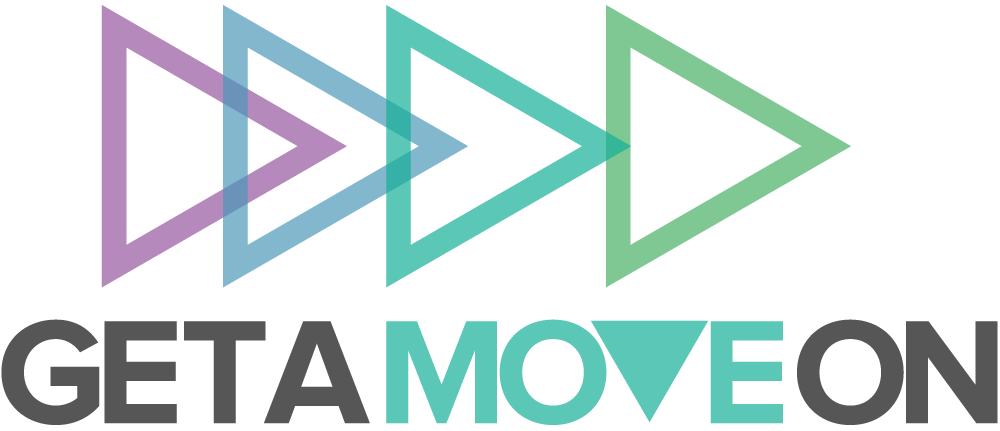Has Singapore cracked the secret to helping people move more?
Dr Joe Newbold, GetAMoveOn Network
The Singapore government recently announced plans to provide their 5.6 million population with fitness trackers in a nationwide public health initiative, but can it really be that simple to get people moving more? At the GetAMoveOn Network, we’ve been researching fitness trackers and apps to try to find out.
Activity trackers are commonly abandoned after a short period of use. Also, providing a simple step count often makes people focus on reaching the target to “keep it happy”rather than focus on developing healthy behaviours. The reduction of our health to simple step counts not only removes all the contextand emotional challenges surrounding getting and staying healthy, but also gives people limited actionable information of how to overcome these issues. Work in Behaviour Change Theory (BCT), shows us that simply providing information through activity tracks is not enough to change people’s behaviours. People also need encouragement, opportunities for learning and rewards in order for people to make meaningful and long-term changes. While there are thousands of fitness applications available, few use BCT to help people have a healthier lifestyle (See video). Applications can be used to encourage small changes in people’s behaviour, for example standing up more during the day, through “nudges”. These are simple prompts during the day to encourage simple behaviours, however, we need to understand the extent these small changes can lead to overall changes in behaviour.
In addition, when using technology to support the development of new healthy habits, the aim should be for people to develop their own habits, not a dependency on the technology itself (See video). One of the key factors needed to achieve this is involving intended users when you’re designing an app or physical activity programme so that it meets their needs. For example, in order to design an application to help football fans be more active it is important to understand their specific wants and needs. Similarly, it is important for older adults to stay active, but we need to understand how technology can support them with doing activity that works for them.
But technology is not the whole solution, in many cases, input for healthcare professionals or fitness experts is needed and the combination of both technology and face-to-face counselling or coaching can help people stay more active. Indeed, it is the ability of technology to enable input and guidance from real human beings remotely and at scale that holds out some of the most exciting possibilities for reaching communities of people who are geographically remote or where it is not financially viable to provide an ongoing in-person service.
For example, support for people with cancer can be given remotely after treatment, helping them to stay more active through digital exercise programmes. Moreover, digital applications can be used to provide remote physio sessions after knee replacement surgery, when it can be difficult for many people to get to appointments. Coupling this remote delivery with new technology, such as wearable technology or smart exercise mats which can give people personalised feedback, means that people can get professional advice and support from home.
We’ve also been exploring the potential for some of the newest and less obvious digital technologies to help people move more. Voice assistantscan be used to provide both nutritional and fitness information to families, allowing them to get healthier together; the music people listen to at work can be altered to encourage them to move more during the day; and conversational AI technology can be used so that people can talk directly to the activity trackers to better understand their health.
So it’s not as simple as just giving everyone a fitness tracker. They certainly have their place, but many other technologies have great potential too. It’s important for everyone involved in encouraging people to be more active to understand more about what works, who it works for, and in what circumstances. To this end, our recent publication, Enabling better health for all: the role for digital technologies to help people move more includes guidance for practitioners, policy-makers, commissioners, clinicians and social-prescribing link-workers on how digital technologies can be used effectively with individuals and in technology-enabled initiatives to help people move more. You can download the full report and guidance here.







